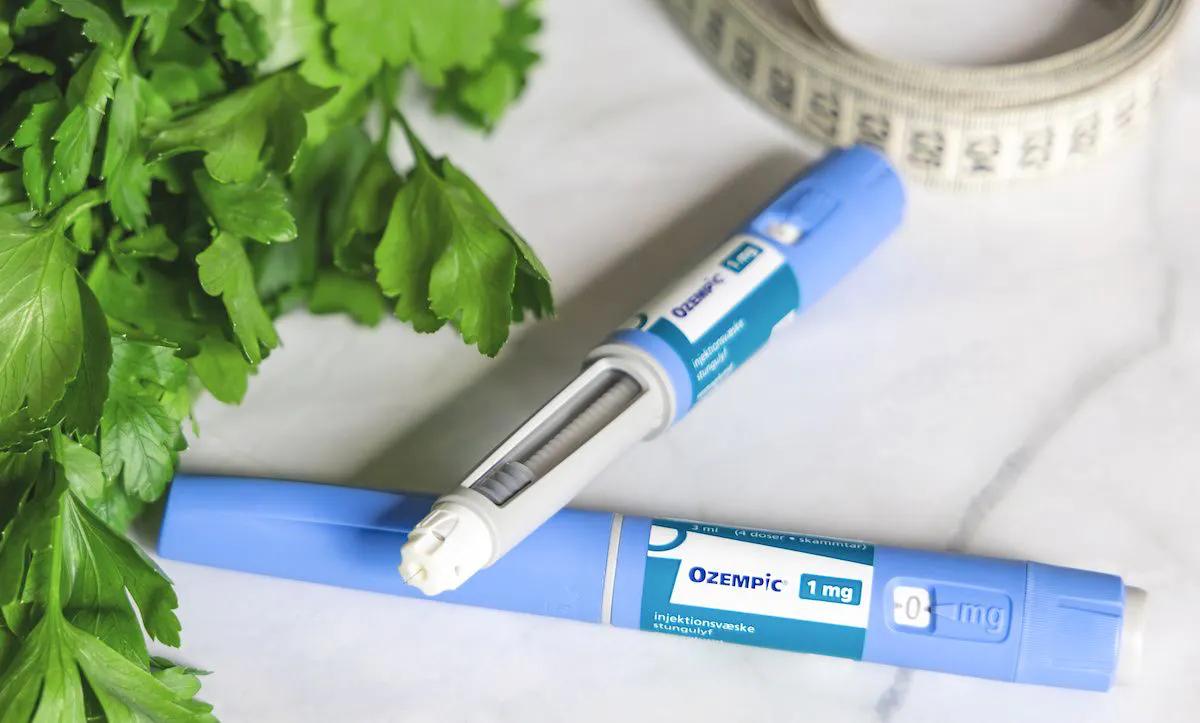Weight loss drugs get public attention, but most Americans have not gotten prescriptions for obesity
KFF survey shows interest, but patients consider cost and delivery methods.
Weight loss drugs get public attention, but most Americans have not gotten prescriptions for obesity | Image Credit: © Natalia - © Natalia - stock.adobe.com.

Effects of weight loss drugs may be all over the news, but the medications themselves are not necessarily widespread.
Pharmaceuticals such as Ozempic, Wegovy, and Mounjaro have been getting attention among American adults, with seven in 10 people saying they have heard at least “a little” about the prescriptions.
But 87% of Americans have never used a prescription drug to lose weight, according to the new “KFF Health Tracking Poll 2023: The Public’s Views Of New Prescription Weight Loss Drugs And Prescription Drug Costs.” There is variation by gender: 18% of women said they were using prescription drugs to lose weight, or had tried them, while the figure was 8% for men.
The KFF findings indicate solid interest in the drugs first approved to treat type 2 diabetes, although there are conditions to using prescription medications.
Among adults, 45% said they would be very interested or somewhat interested in taking a safe, effective weight-loss drug. Similarly, 44% said they would be interested in such a drug if it were a pill, but interest dropped to 23% for weekly injections.
Who pays?
Paying for prescriptions is another matter, because interest dropped to 16% if the drug was not covered by insurance. The KFF survey said a full 80% of people polled agreed health insurers should cover costs of weight loss drugs for people diagnosed as overweight or obese, and 53% of adults agreed health insurance should cover the prescriptions for anyone who wants them to lose weight.
The interest level also was 16% if the drug was approved by the U.S. Food and Drug Administration for another use, but not weight loss, according to KFF. Once patients stopped using the drugs, the prospect of gaining weight back pushed the interest level down to 14%.
Who needs them?
The U.S. Centers for Disease Control and Prevention’s Division of Nutrition, Physical Activity, and Obesity estimates obesity affects 100.1 million adults, or 41.9%, and 14.7 million children, or 19.7%. The effects of obesity tally up to about $147 billion in annual health care costs.
Industry analyst Research and Markets estimated the nation’s 2022 weight loss market hit $75 billion in 2022. That includes regimens ranging from frozen food entrees to health clubs, while noting “the market may be entering a new era of medical approaches,” with longtime diet program Weight Watcher now adding a medical plan for weight loss.
In the KFF results, 61% of adults said they currently are trying to lose weight, with 28% saying they aim to lose at least 20 pounds. In that survey, 39% of adults said a physician or other health care provider has told them they were overweight or obese in the past five years.
Sales adding up
The United States is not the only nation dealing with obesity rates among the population. The global market for obesity prescriptions could hit $13.26 billion by 2029, although that Fortune Business Insights estimate may have lowballed the financial results.
A 2022 forecast by financial analyst Morgan Stanley Research predicted obesity treatments could hit $54 billion by 2030. This spring, the Associated Press cited experts projecting annual sales could reach $50 billion or more just for Eli Lilly and Co.’s weight loss drug tirzepatide.
This article was published by our sister publication Medical Economics.
